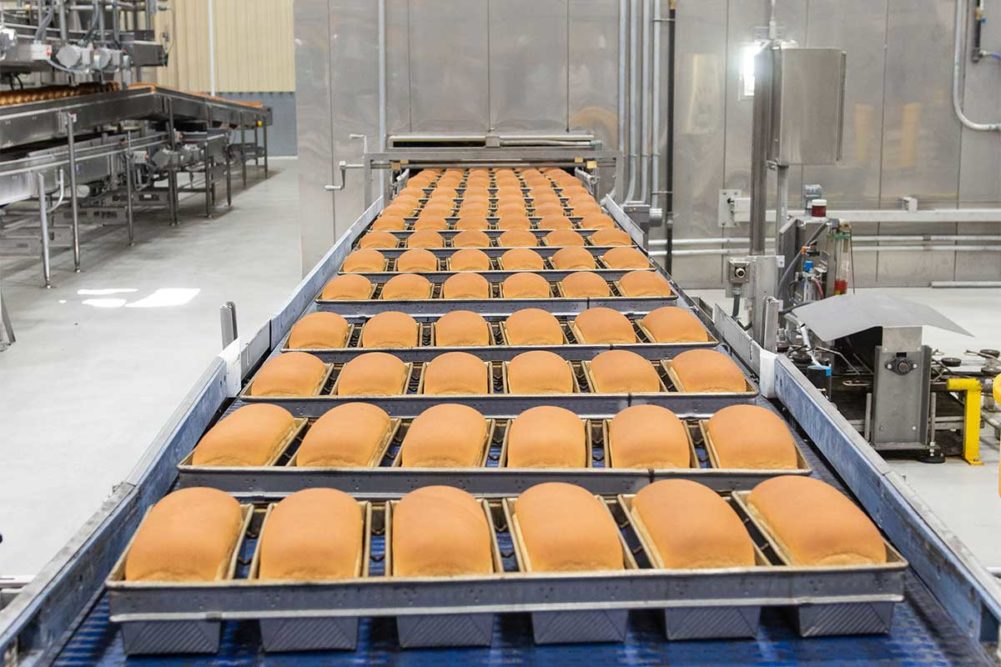Today’s production lines in commercial bakeries must be as efficient as ever. Consumers’ interest in bread as a staple in their grocery carts remains strong. According to Circana data cited in BEMA Intel’s Q4 2022 report, dollar sales for the commercial bread aisle were up 10.8% while unit sales were down only 3.2%. The in-store bakery is seeing even stronger momentum with dollar sales up 13.7%. Inflation’s impact on these staple baked goods seems to be minimal as consumers embrace them as foundational to their lifestyles.
However, keeping up with this demand while turning out consistent quality product requires production lines that are firing on all cylinders. To ensure this, baking companies are increasingly turning to data management and digital tools. Over the years, these tools have become more sophisticated, and baking companies have become more accepting of incorporating them into their operations.
“Digital tools of the past were all about scaling and product appearance,” said John McIsaac, vice president of business development, Reiser. “Today’s tools monitor process and production data also. Our Vemag customers are using the ease of access to data to measure and maximize uptime. They are also monitoring pressure, temperature and machine current. These factors can determine if their dough mix is consistent and within the parameters they want to maintain.”
Digital monitoring goes beyond improving product quality by allowing baking companies to address production floor challenges and open up capacity.
“These tools have helped reduce labor costs, increase production speed and ensure consistent product quality,” said Ryan Costello, director of engineering, Gemini Bakery Equipment/KB Systems. “Overall, the use of digital tools has revolutionized the industry and become an essential part of today’s bread-making processes.”
This has been made possible by advances in technology and the ability to store more data than ever before, pointed out Franck Ellenbogen, sales director, North America, Mecatherm Inc.
“The driving force behind the evolution of these technologies lies in their computing power,” he said. “Today, this is processed in the cloud instead of being reliant on local storage. More sophisticated algorithms and high-speed internet also play a significant role in enabling digital tools to process a huge amount of data.”
This level of connectivity empowers bakeries to not only measure process parameters but also correlate that data with inputs from the equipment and historical data to look for trends that can give insights into product quality and production efficiencies.
If knowledge is power, then the baking industry is in its most powerful position yet. The key to making the most of all this data is knowing what needs to be collected and how to interpret it. In that way, baking companies can make data-driven decisions to unlock throughput and capacity.
This article is an excerpt from the May 2023 issue of Baking & Snack. To read the entire feature on Pan Bread Processing, click here.






